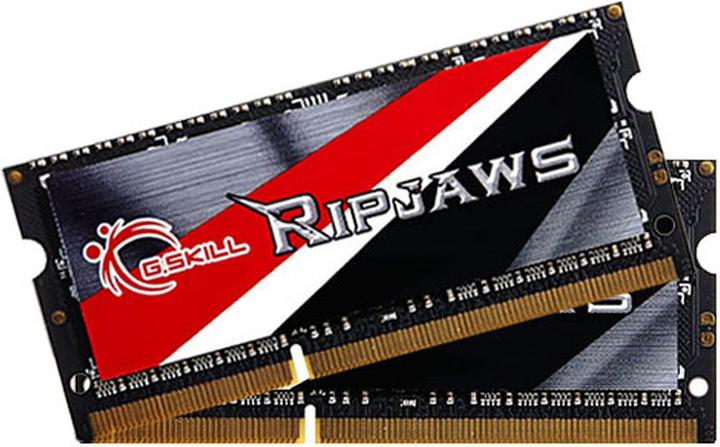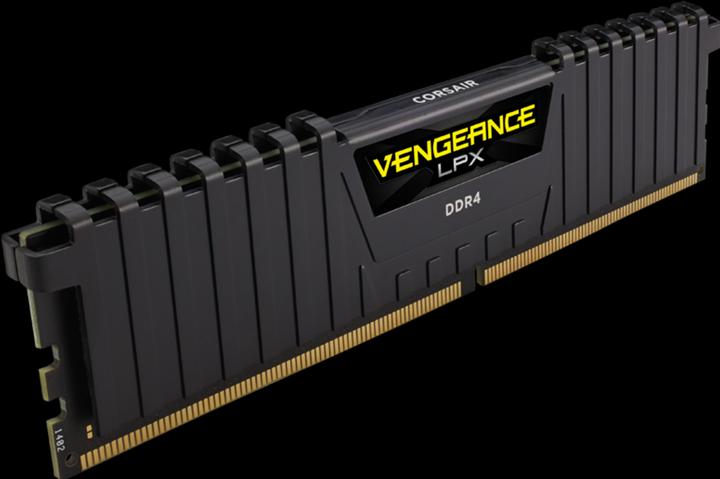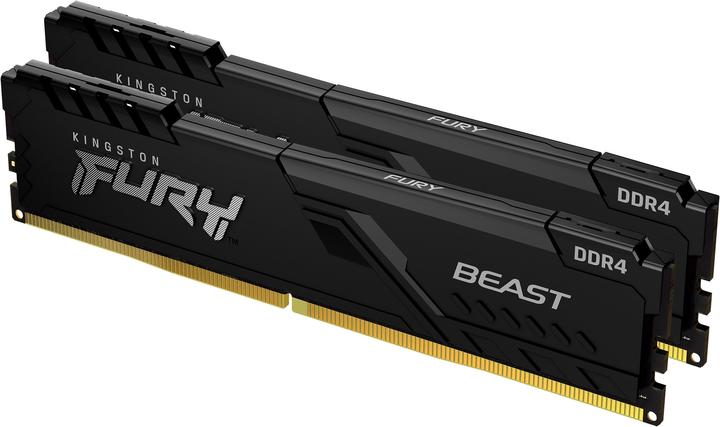
Too Many RAM Options? Here's How to Choose the Right One
Discover key factors to consider when selecting the perfect RAM for your needs.
Last updated 4 days ago. Automatically generated content.


Select options and limit the number of products
Memory type refers to the technology used in RAM modules, impacting speed, performance, and compatibility with devices. Selecting the appropriate memory type ensures optimal system operation, influencing how efficiently applications run and data is processed.
Popular options (you can select more than one)
DDR5 RAM
Typical price
300.– to 750.–The latest generation of RAM technology offering higher bandwidth and improved efficiency.
DDR5 RAM is ideal for high-performance computing tasks, delivering faster speeds and reduced power consumption.
Bestseller
DDR4-RAM
Typical price
110.– to 270.–Widely used RAM type providing balanced performance and cost-effectiveness.
DDR4-RAM suits most consumer and business applications, offering reliable speed and compatibility with many systems.
Bestseller
DDR3-RAM
Typical price
33.– to 110.–An older RAM generation with lower bandwidth compared to DDR4 and DDR5.
DDR3-RAM is suitable for legacy systems or basic computing needs, offering sufficient performance for everyday tasks.
Bestseller
Storage clock frequency refers to the speed at which RAM can process data, directly impacting the responsiveness and performance of a system. Choosing the right frequency is crucial for achieving optimal speed and efficiency, especially in tasks demanding high processing power.
Popular options
1600 - 2933 MHz
Typical price
72.– to 220.–Offers basic speed suitable for everyday computing tasks and light multitasking.
Ideal for users with standard requirements, providing reliable performance for routine applications.
Bestseller
2934 - 4800 MHz
Typical price
120.– to 360.–Provides enhanced speed for improved performance in demanding applications and multitasking.
Recommended for power users and gamers seeking smoother operations and quicker load times.
Bestseller
4801 - 6400 MHz
Typical price
320.– to 800.–Delivers high-speed processing for intensive computing tasks and advanced applications.
Perfect for professionals and enthusiasts who require top-tier performance and maximum efficiency.
Bestseller
The memory form factor determines the physical dimensions and pin configuration of RAM modules, affecting compatibility with different devices. Choosing the correct form factor is crucial for ensuring your RAM fits and functions properly within your computer or device, impacting overall performance and upgrade potential.
Popular options (you can select more than one)
DIMM
Typical price
130.– to 550.–Designed for desktop computers, offering larger size and more pins for higher capacity and speed.
Ideal for those looking to upgrade or build a desktop PC, providing robust performance and flexibility.
Bestseller
SO-DIMM
Typical price
76.– to 230.–Compact size suitable for laptops and small-form-factor PCs, having fewer pins than DIMMs.
Perfect for portable devices, ensuring efficient memory use without compromising on space or performance.
Bestseller
U-DIMM
Typical price
130.– to 420.–Unbuffered DIMMs, suitable for consumer-grade PCs, offering simplicity and cost-effectiveness.
Best for home or office computers where reliability and affordability are prioritized over high-end features.
Bestseller
RAM certification assures compatibility and performance standards by verifying that the RAM meets specific guidelines set by manufacturers or organizations. Selecting the appropriate certification can enhance system stability and optimize RAM functionality, crucial for high-performance tasks and gaming.
Popular options (you can select more than one)
XMP 3.0
Typical price
340.– to 800.–Offers enhanced memory profiles designed for Intel platforms, allowing easy overclocking.
Ideal for users seeking boosted performance without manual adjustments, ensuring efficient and stable system operations.
Bestseller
JEDEC
Typical price
170.– to 520.–Ensures standard compliance for RAM, providing guaranteed compatibility and reliability.
Recommended for users prioritizing system stability and longevity, suitable for everyday computing needs.
Bestseller
AMD EXPO
Typical price
400.– to 800.–Optimized memory profiles specifically for AMD systems, facilitating simplified overclocking.
Perfect for AMD users aiming for improved performance, enabling streamlined setup and enhanced computing speeds.
Bestseller
CAS latency determines the delay between the moment a memory controller requests data from the RAM and when it is available for processing. Choosing the right CAS latency is crucial as it directly impacts system performance, particularly in tasks requiring rapid data access, such as gaming and intensive computing.
Popular options
11 - 19
Typical price
72.– to 230.–Offers lower latency, meaning faster data access compared to higher CAS values.
Ideal for users who prioritize performance in gaming and applications requiring quick data retrieval.
Bestseller
20 - 34
Typical price
190.– to 710.–Provides moderate latency suitable for general computing tasks.
Balances performance with cost for users who need reliable speed without the premium of ultra-low latency.
Bestseller
35 - 42
Typical price
300.– to 710.–Features higher latency, resulting in slower data access times.
Suitable for budget builds or applications where high-speed memory access is not critical.
Bestseller





